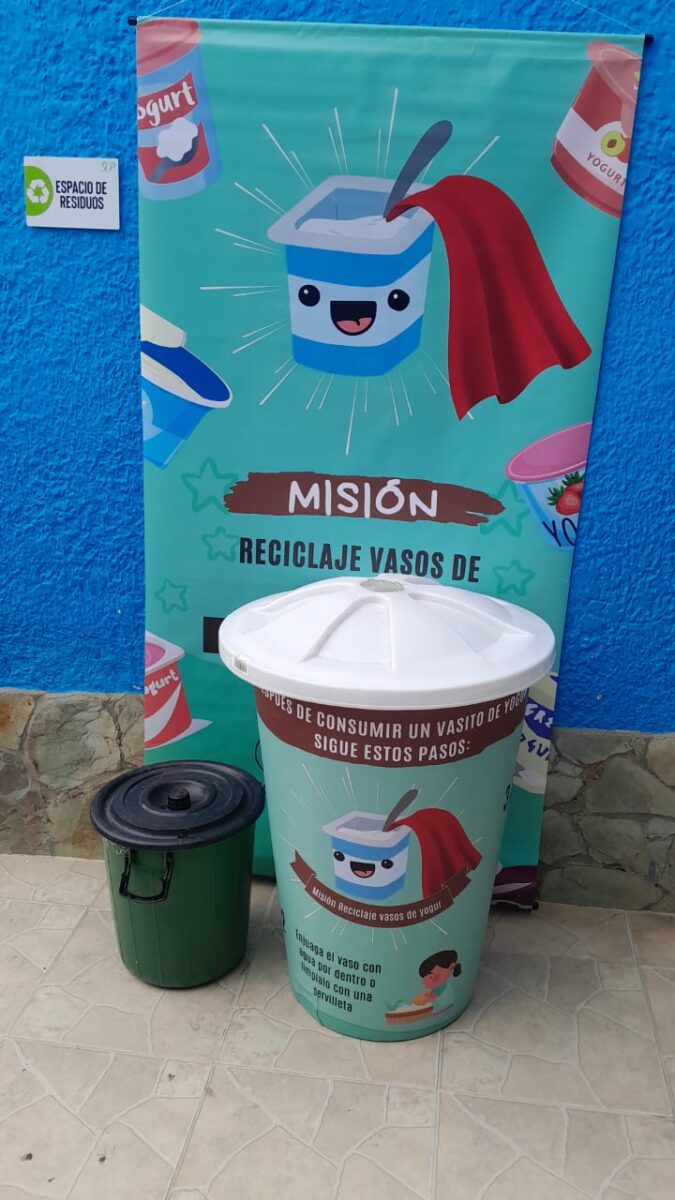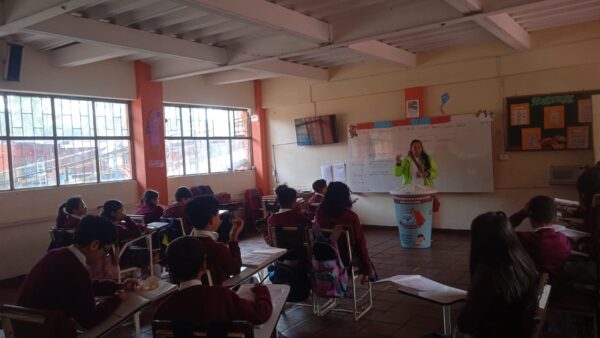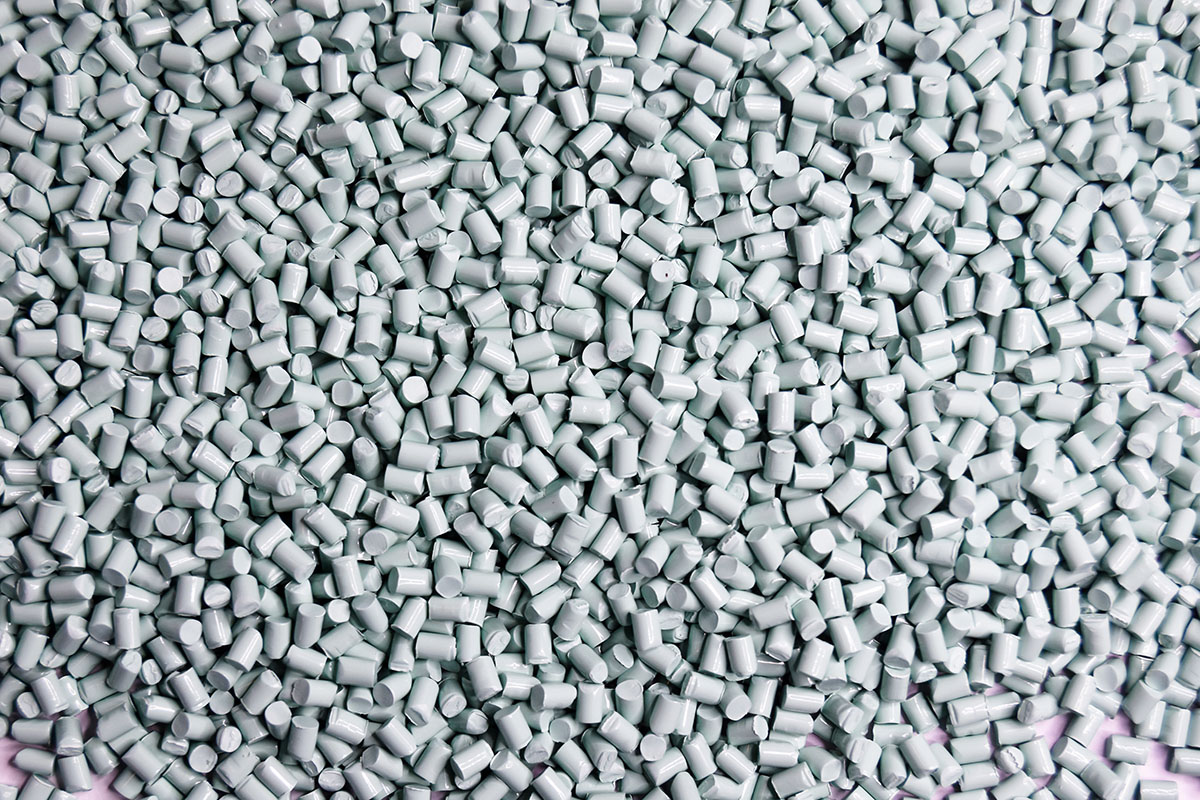Colombia’s Push for Polystyrene Recycling at ANTEC® 2025

ICIPC (Instituto de Capacitación e Investigación del Plástico y del Caucho) in Colombia presented their sustainability assessment for PS at ANTEC® 2025, highlighting polystyrene’s potential to contribute to circular economy efforts in the country.
As demand for sustainable materials grows, polystyrene (PS), often overlooked in discussions about the circular economy, is gaining renewed interest.
In response, a recent study by ICIPC in Colombia, presented at ANTEC 2025, explores how PS can support circularity goals. The researchers demonstrate that, with well-planned recovery and recycling strategies, PS can be successfully reintroduced into manufacturing cycles.
You can also read: Styrene Foam: From Trash to Tech.
Moreover, by analyzing real-world case studies, the study shows that PS retains key properties even after consumer use. Therefore, under the right conditions, closed-loop recycling for PS is not only viable but also scalable across various applications.
Reclaiming Long-Life PS from Refrigerators
In the refrigeration industry, it is common to use HIPS (high-impact polystyrene) as a material for liners, including door panels and inner walls. These liners are generally combined with polyurethane (PU) foams to ensure isolating properties. For this research purpose, it was essential to assess the disposal of refrigeration residues.
The study’s results were promising, demonstrating that recycled HIPS retained several key mechanical properties after processing. Although the material showed a slight reduction in melt flow index (MFI) and tensile strength, performance remained within acceptable ranges. In particular, properties like Young’s modulus, impact resistance, and elongation at break were suitable for further manufacturing applications. Therefore, the ICIPC team successfully produced new panels incorporating 30% post-consumer recycled (PCR) content through mechanical processing. Additionally, they tested a masterbatch composed of 50% PCR HIPS and 50% TiO₂, confirming its potential for reuse in high-quality applications.
Tackling Short-Life PS in Food Packaging
The second case study focused on short-term PS applications—specifically, yogurt cups made from general-purpose polystyrene (GPPS). In partnership with Carvajal Empaques and ANDI’s Vision 30/30 program, ICIPC launched a pilot collection campaign targeting post-consumer PS waste in schools.
The campaign ran for three months in three primary schools, each with approximately 150 students. A total of 60 kg of yogurt cups were collected. However, only 40,5 of these were suitable for use, as the process required white or unpigmented cups, and currently, many packaging of PS is printed directly.
Contamination proved to be a significant challenge:
- 70.9% of rejected material had printed surfaces.
- 19% was mixed with polypropylene (PP).
- 5.3% had labels that were impossible to remove.
These results highlighted the urgent need for improved packaging design and sorting infrastructure to enable efficient PS recovery.

The school-based campaign encouraged children to collect yogurt cups for recycling. Courtesy of ICIPC.
Material Stability and Safety
The team conducted FTIR and chromatographic analysis on controlled (clean) and uncontrolled (post-consumer) PS samples. While the molecular structures remained largely stable, uncontrolled samples contained more volatile organic compounds (VOCs), including potentially hazardous compounds like phenol derivatives.

The team produced a masterbatch using PCR HIPS recovered from refrigeration applications.
Despite this, the thermal and mechanical properties remained comparable between the two sample types. Glass transition temperatures (Tg) and degradation profiles were similar; however, the uncontrolled samples showed slightly lower tensile and impact strengths due to degradation from contamination and aging.
The Future of PS
This study demonstrates that polystyrene can be successfully recovered, recycled, and reintegrated into both short- and long-term applications. It also showed that proper design and sorting systems are necessary. Moreover, the industry must focus on ecodesign for recyclability, invest in dedicated collection and separation infrastructure. Additionally, research on decontamination and the impact of additives is a key to compatibilize post-consumer reciclate and standarized properties.
As ICIPC’s findings show, PS is not inherently incompatible with circularity. With the right innovations, it can be a key player in closing the loop for plastic packaging and durable goods. Further studies on chemical recycling pathways, policy alignment, and consumer behavior will be critical to scaling these early successes into systemic change.
